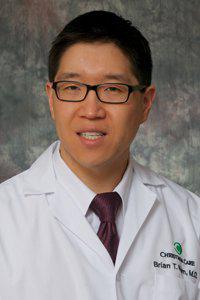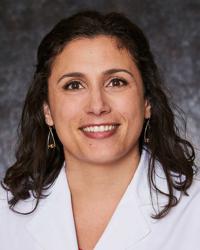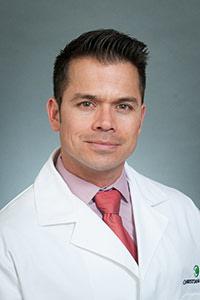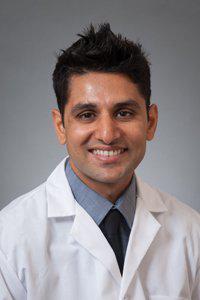Login
Thoracic Surgery & Interventional Pulmonology
Patient Instructions
Help provided for a smooth recovery and to prevent further illness.
Sternotomy Discharge Instructions
Thoracoscopy / Thoracotomy Discharge Instructions
Esophagectomy / Esophagogastrectomy Discharge Instructions
Incentive Spirometer
How To Use Your Incentive Spirometer
- Sit in a good position for deep breathing.
- Make a tight seal around the mouthpiece with your lips.
- Slowly breathe in as deeply as possible through the mouthpiece.
- Remove the mouthpiece from your mouth and breathe out.
- Repeat this deep breathing cycle 10-20 times.
- After completing 10-20 deep breaths, cough several times.
- Repeat the 10-20 deep breaths and coughing as ordered by your doctor.
- If you have had abdominal or chest surgery, placing a pillow or your hand over your incision for support will make taking deep breaths easier.
Related Pages
-
Pulmonary Rehabilitation
Providers & Staff
Related Content
Because cancer care can be very complex, it is important to see a specially trained cancer surgeon early in the management of the disease.
Cancer care that fits your life, with customized treatment plans
Contact Us
Thoracic Surgery & Interventional Pulmonology
302-623-4530







